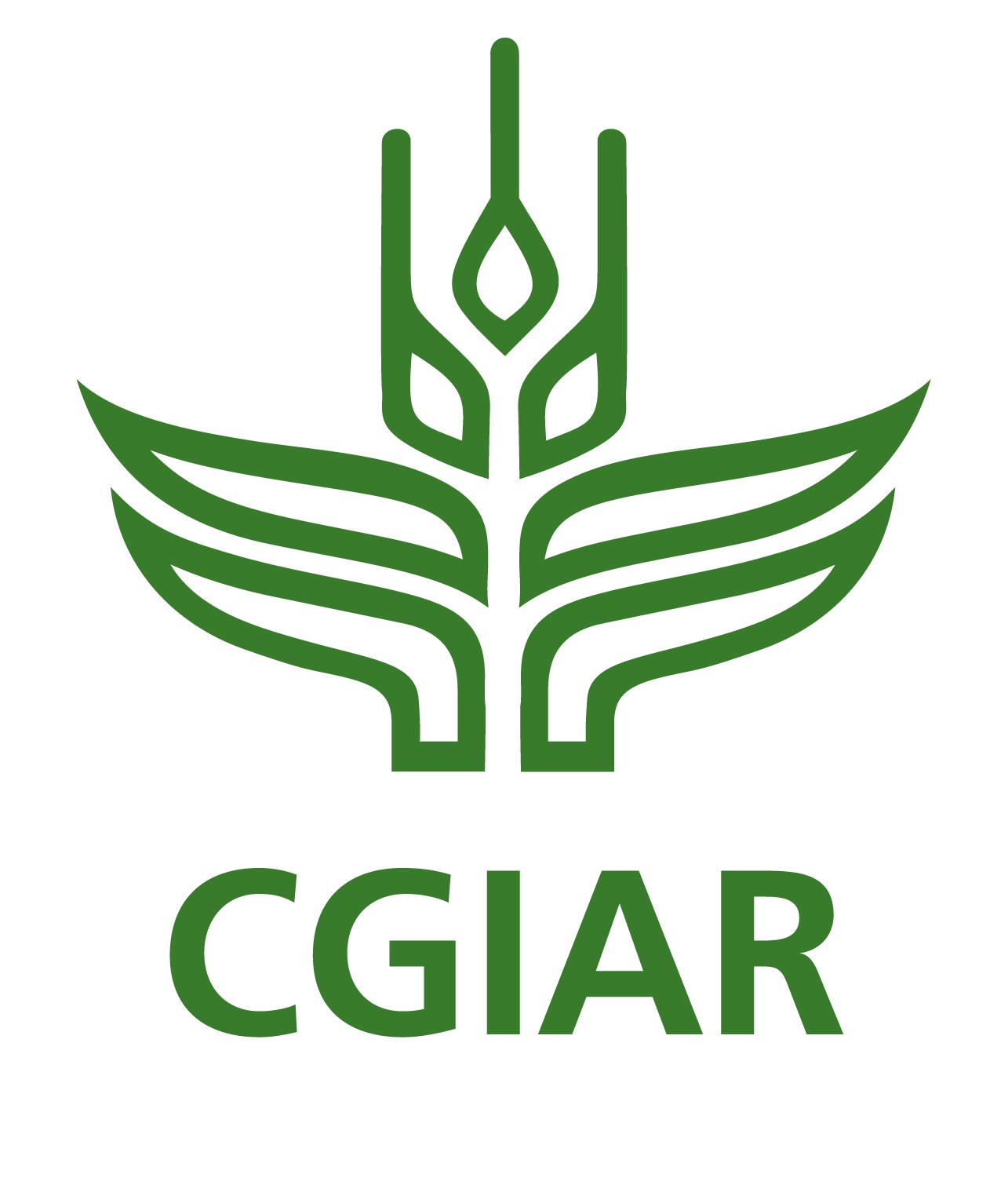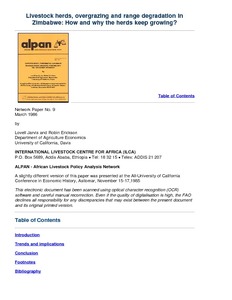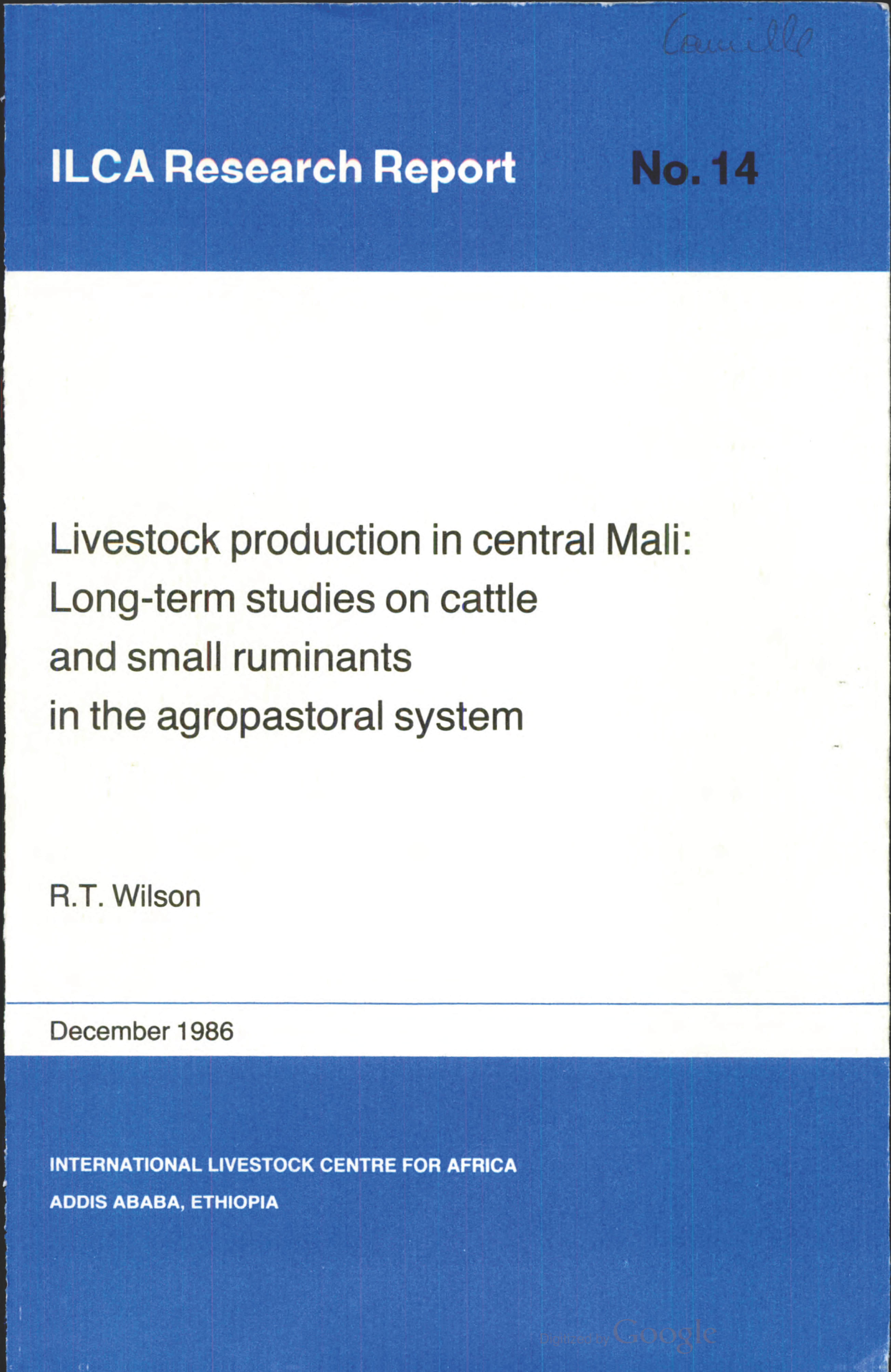CGIAR is the only worldwide partnership addressing agricultural research for development, whose work contributes to the global effort to tackle poverty, hunger and major nutrition imbalances, and environmental degradation.
It is carried out by 15 Centers, that are members of the CGIAR Consortium, in close collaboration with hundreds of partners, including national and regional research institutes, civil society organizations, academia, development organizations and the private sector.
The 15 Research Centers generate and disseminate knowledge, technologies, and policies for agricultural development through the CGIAR Research Programs. The CGIAR Fund provides reliable and predictable multi-year funding to enable research planning over the long term, resource allocation based on agreed priorities, and the timely and predictable disbursement of funds. The multi-donor trust fund finances research carried out by the Centers through the CGIAR Research Programs.
We have almost 10,000 scientists and staff in 96 countries, unparalleled research infrastructure and dynamic networks across the globe. Our collections of genetic resources are the most comprehensive in the world.
What we do
We collaborate with research and development partners to solve development problems. To fulfill our mission we:
- Identify significant global development problems that science can help solve
- Collect and organize knowledge related to these development problems
- Develop research programs to fill the knowledge gaps to solve these development problems
- Catalyze and lead putting research into practice, and policies and institutions into place, to solve these development problems
- Lead monitoring and evaluation, share the lessons we learn and best practices we discover;
- Conserve, evaluate and share genetic diversity
- Strengthen skills and knowledge in agricultural research for development around the world
Making a difference
We act in the interests of the world’s poorest and most vulnerable. Our track record spans four decades of research.
Our research accounted for US$673 million or just over 10 percent of the US$5.1 billion spent on agricultural research for development in 2010. The economic benefits run to billions of dollars. In Asia, the overall benefits of CGIAR research are estimated at US$10.8 billion a year for rice, US$2.5 billion for wheat and US$0.8 billion for maize.
It has often been cited that one dollar invested in CGIAR research results in about nine dollars in increased productivity in developing countries.
Sweeping reforms for the 21st century
Political, financial, technological and environmental changes reverberating around the globe mean that there are many opportunities to rejuvenate the shaky global food system. Developments in agricultural and environmental science, progress in government policies, and advances in our understanding of gender dynamics and nutrition open new avenues for producing more food and for making entrenched hunger and poverty history.
The sweeping reforms that brought in the CGIAR Consortium in 2010 mean we are primed to take advantage of these opportunities. We are eagerly tackling the ever more complex challenges in agricultural development. We are convinced that the science we do can make even more of a difference. To fulfill our goals we aim to secure US$1 billion in annual investments to fund the current CGIAR Research Programs.
CGIAR has embraced a new approach that brings together its strengths around the world and spurs new thinking about agricultural research for development, including innovative ways to pursue scientific work and the funding it requires. CGIAR is bringing donors together for better results and enabling scientists to focus more on the research through which they develop and deliver big ideas for big impact. As a result, CGIAR is more efficient and effective, and better positioned than ever before to meet the development challenges of the 21st century.
We are no longer the ‘Consultative Group on International Agricultural Research’. In 2008 we underwent a major transformation, to reflect this and yet retain our roots we are now known simply as CGIAR.
Members:
Resources
Displaying 12316 - 12320 of 12598Mixed species stocking and the vital statistics and demography of domestic animals in the arid and semi-arid zones of northern tropical Africa
Shows mixed species stocking in Northern tropical Africa w., particularly emphasis on the African traditional animal production systems; w. data on reproduction, growth and viability for five species in the region; herd & flock structures for dif. species; and the use of livestock to increase the human food supply.
Livestock herds, overgrazing and range degradation in Zimbabwe: How and why do the herds keep growing?
This paper looks at African livestock herds in Zimbabwe over the period 1890-1980. The focus is on the livestock system in the tribal areas where, under communal land use, there has been long-term concern with environmental deterioration Zimbabwe was chosen because it is one of the few African countries for which reasonably accurate historical data are available regarding African (common range) as opposed to Europen (closed range) herd development.
Livestock systems research in Nigeria's subhumid zone
Compilation of proceedings of the 2nd ILCA/NAPRI symposium on livestock production in subhumid Nigeria discussing the ecology, vegetation & land use & development potential of the zone; traditional cattle & small ruminant production practices; research updates in livestock systems research, animal nutrition & feed production; extension & adoption of innovations; and future research.
Livestock production in central Mali: Long-term studies on cattle and small ruminants in the agropastoral system
Presents results of a 6 year study on the livestock production systems, management practices herd & flock demography in an agropastoral system in central Mali as well as reproductive performance growth rate, weights, mortality, offtake and productivity in terms of meat & milk yield of cattle & small ruminants; includes recommendations on means of improving the system and future research.
La recherche sur les systemes agraires ("RSA") au CIPEA
Discusses the historical context of ILCA's research, the principal types of animal production systems and the stages in ILCA's farming systems research. Describes the smallholder farming in the Ethiopian highlands & humid zone, the agropastoralists of the sub-humid zone, systems research in pastoral areas of eastern Africa (Kenya & Ethiopia), characteristics of the arid and semi-arid zones of West Africa and the role of modelling in the system. Ends with a summary of past experience.





